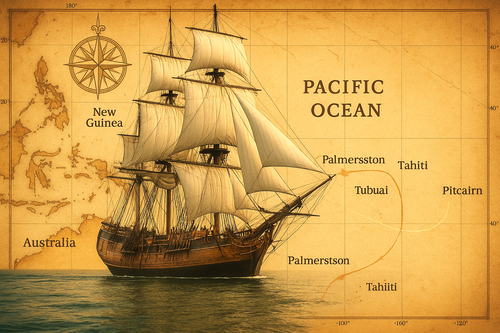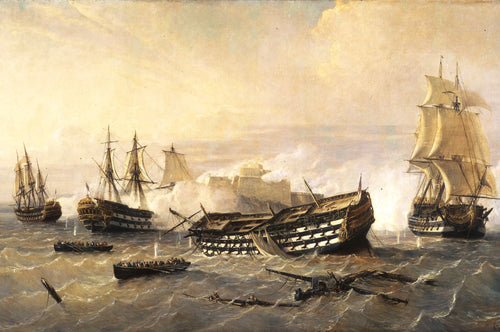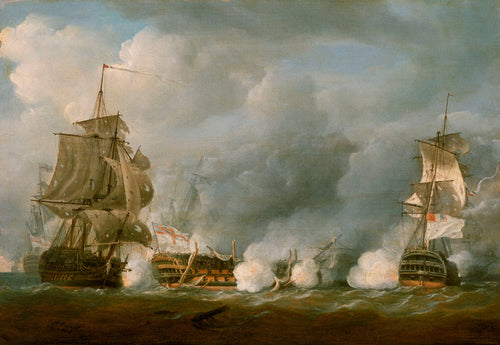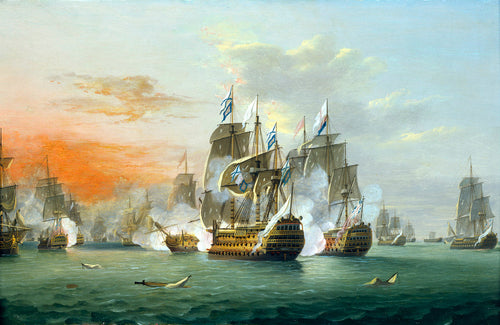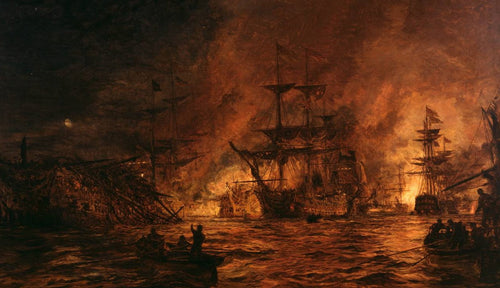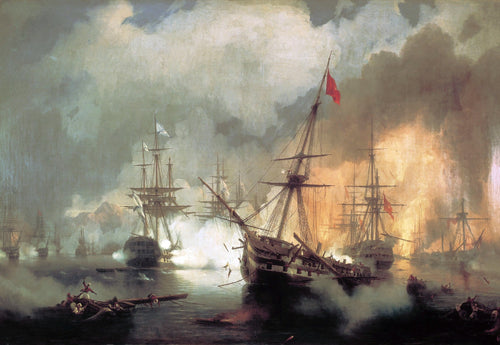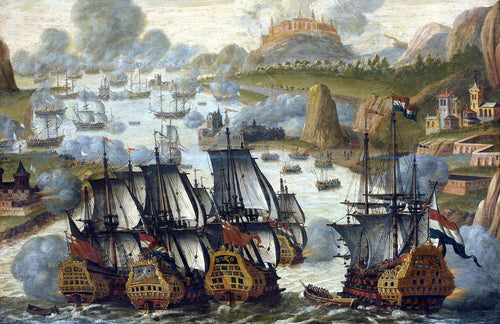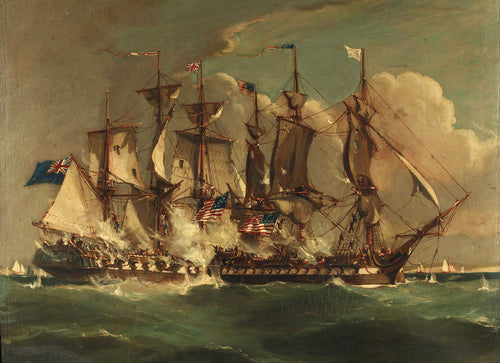The Battle of Vigo Bay was an important and dramatic naval engagement during the War of the Spanish Succession. The conflict took place on October 23, 1702, in the Vigo Bay, located on the northwest coast of Spain. This battle saw a combined Anglo-Dutch fleet take on a Franco-Spanish fleet, resulting in a decisive victory for the former. The battle also led to the capture of a significant portion of treasure from the Spanish treasure fleet, making it one of the most lucrative naval engagements in history.
Background:
The War of the Spanish Succession began in 1701, with the death of the childless Charles II of Spain. As rival European powers fought for control over the Spanish crown and its vast empire, tensions escalated into a full-blown war. The battle for the Spanish crown pitted the Grand Alliance, composed of England, the Dutch Republic, and the Holy Roman Empire, against the Bourbon alliance, which included France, Spain, and Bavaria.
The Treasure Fleet:
In 1702, a Spanish treasure fleet carrying vast amounts of silver and other valuable goods from the New World arrived in Vigo Bay. Aware of the immense value of the treasure, the combined Anglo-Dutch fleet, under the command of Admiral Sir George Rooke and Dutch Lieutenant-Admiral Philips van Almonde, sought to capture the treasure-laden ships.

The Franco-Spanish Fleet:
The Franco-Spanish fleet was commanded by French Admiral the Marquis de Châteaurenault, who was tasked with escorting the treasure fleet to safety. The fleet anchored in the heavily fortified Vigo Bay, with numerous shore batteries and a strong boom blocking the entrance to the harbor.
The Battle:
On October 23, 1702, the Anglo-Dutch fleet launched a daring attack on the Franco-Spanish fleet anchored in Vigo Bay. The British and Dutch sailors, determined to capture the valuable treasure, faced fierce resistance from the defending forces. The Anglo-Dutch fleet managed to break through the boom and enter the harbor, engaging the Franco-Spanish fleet in a fierce battle.
 (Painting by by Ludolf Bakhuizen (1630-1708)
(Painting by by Ludolf Bakhuizen (1630-1708)
The superior numbers and firepower of the Anglo-Dutch fleet eventually overwhelmed the defenders, and many of the Franco-Spanish ships were either captured or destroyed. The treasure fleet, however, had been partially unloaded, and much of the treasure had been moved to safety onshore. Nonetheless, the Anglo-Dutch forces managed to capture a significant portion of the remaining treasure, making the battle a highly profitable venture.
Aftermath and Legacy:
The Battle of Vigo Bay was a decisive victory for the Grand Alliance and a humiliating defeat for the Bourbon alliance. The captured treasure was used to finance the ongoing war effort and significantly boosted the morale of the victorious Anglo-Dutch forces.
The battle also highlighted the importance of naval power in determining the outcome of the War of the Spanish Succession. The daring tactics employed by Admiral Rooke and his men are still remembered today as a prime example of naval ingenuity and boldness.
In conclusion, the Battle of Vigo Bay is an extraordinary event that showcases the bravery, determination, and strategic acumen of the sailors involved. The immense treasure at stake and the decisive outcome make this naval engagement a fascinating chapter in the annals of maritime history.


